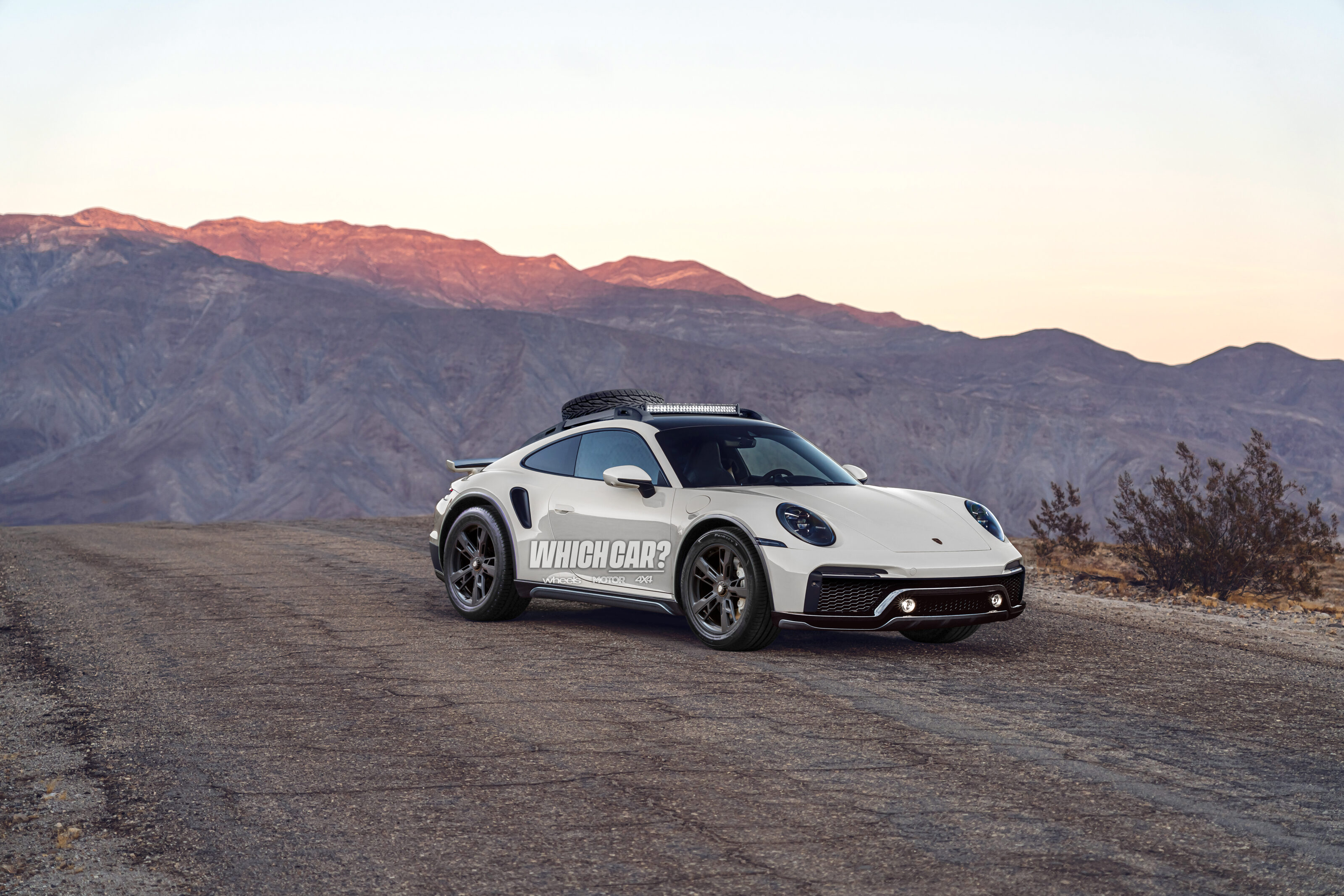It’s time for sports cars to get their revenge against the encroaching forces of performance SUVs. For a while now, the world’s family haulers have been getting lower, faster and more focused on going quickly on a twisting mountain road than tackling challenging dirt path. In response, MOTOR’s fantasy product planning division has joined forces with Porsche to develop the 911 Dakar – a go-fast, go-anywhere coupe that returns fire with seemingly limitless cool.
The concept of a Safari car is relatively simple, with regular road-going vehicles getting increased ride heights, bash plates, extra spare tyres and light bars to create something with a greater level of versatility.
Put simply, something that won’t force you to turn around when the tarmac runs out. Porsche is rumoured to already be developing a new variant along these lines, but we thought we’d beat ’em to the punch with some suggestions on how to make a rally-inspired 911.
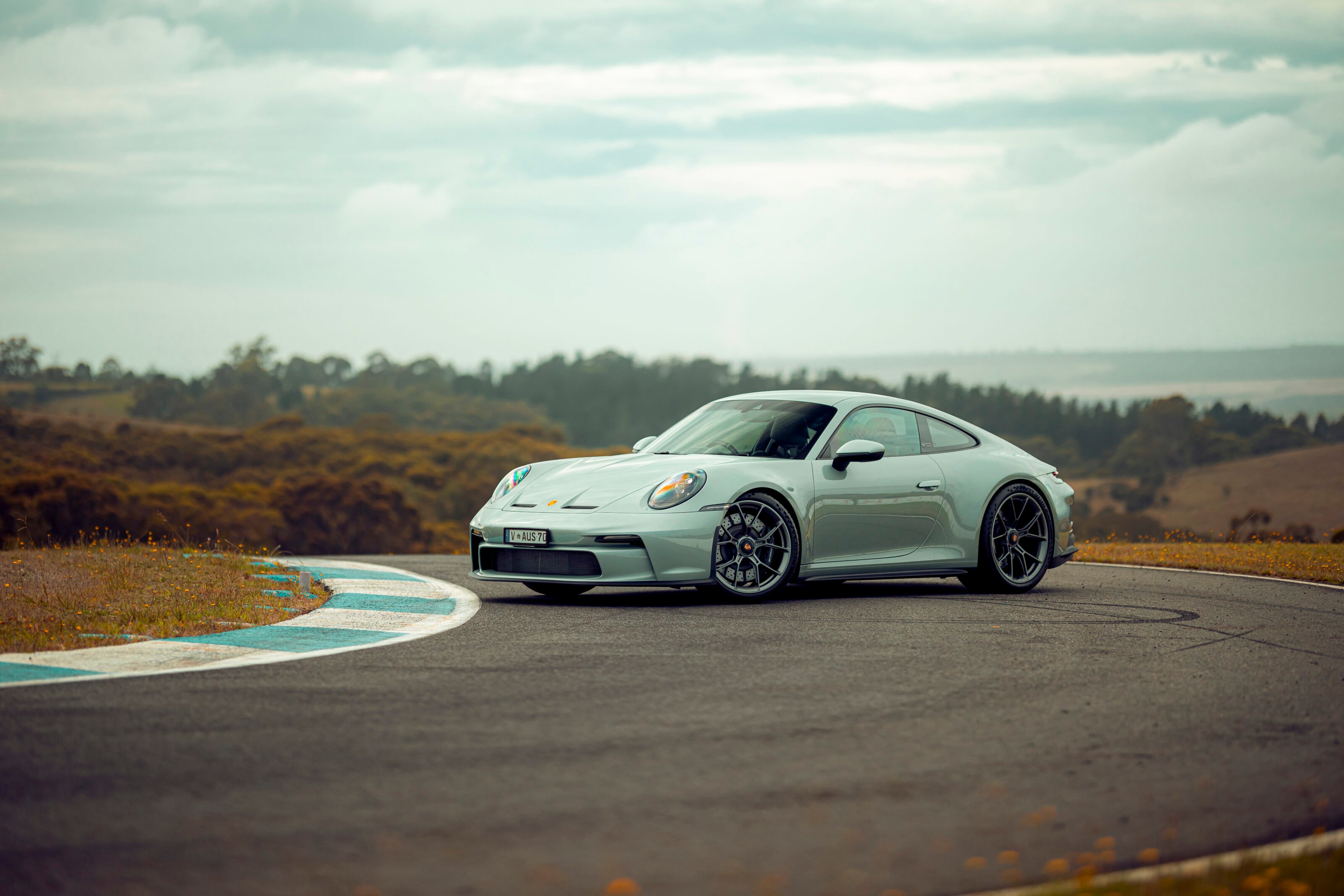
The starting point would be a non-S 911 Turbo, with the Porsche Exclusive Manufaktur team taking care of putting together the 100-car limited run. The 3.7-litre twin-turbo flat-six engine would be re-tuned to produce 400kW and 800Nm, while the eight-speed dual-clutch PDK gearbox would get significantly strengthened internals along with additional external underbody protection.
All-terrain tyres will be fitted as standard to help fulfil the 911 Dakar’s dual-purpose, while those wanting to tackle more serious surfaces will be able to get dedicated off-road ready rubber fitted from factory as a no-cost option.
Along with its traditional range of drive days, Porsche will also offer owners of the 911 Dakar to join pre-planned expeditions where customers can drive their vehicles to an array of stunning locations around the world traditionally inaccessible for sports cars.
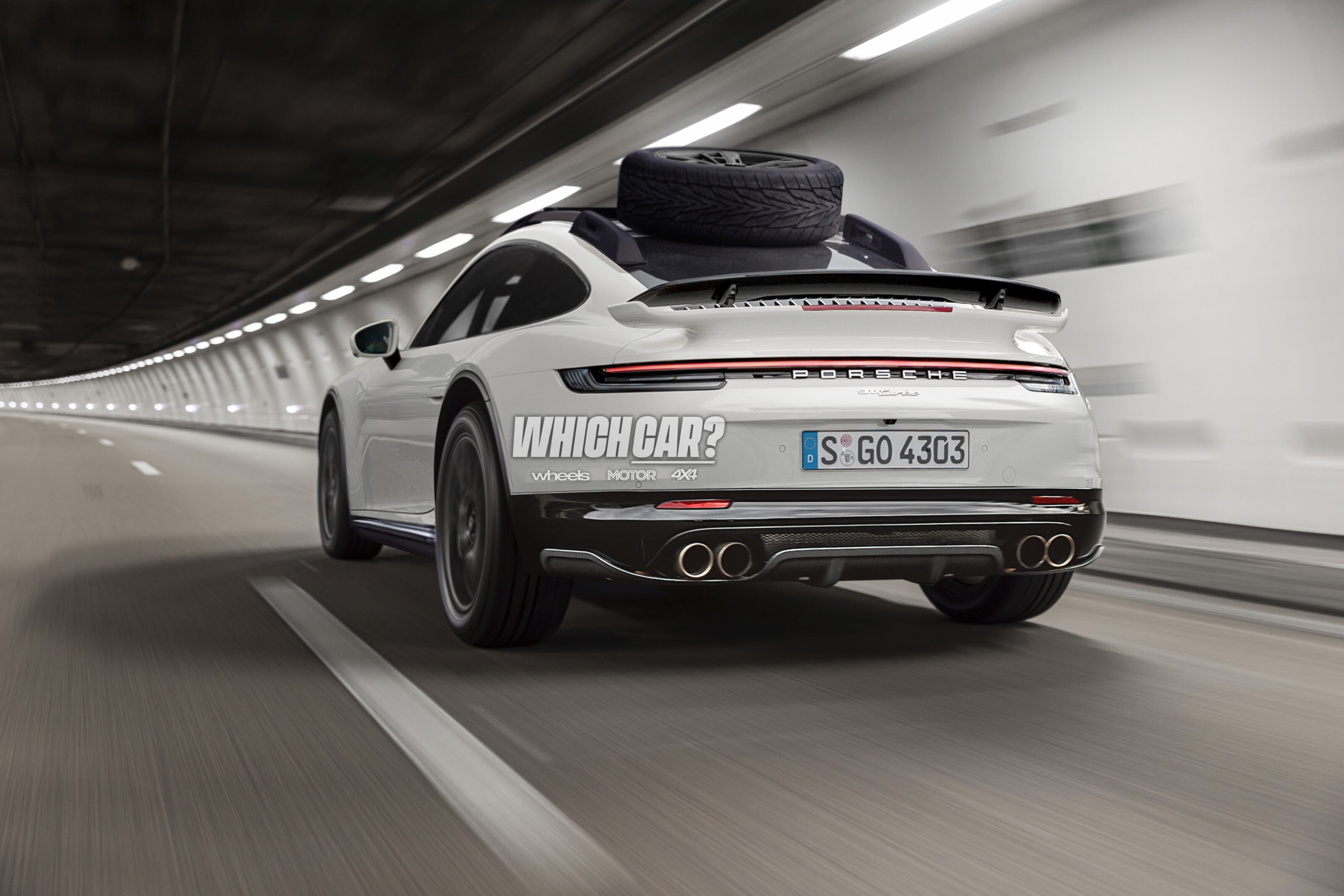
Despite plenty of independent and well-heeled owners and custom car shops taking on the challenge of building a lifted 911, this will be new territory for factory-fresh versions of Porsche’s most famous model.
That’s because the trio of 911s that competed in the Dakar rally in 1984 weren’t actually part of the iconic model’s lineage. With heavily revised suspension, and the same tech-heavy all-wheel drive system destined for the 959 (which won Dakar in ’86), the 911-looking off-road racers were given an entirely new model designation of 935.
Thankfully we’ve moved beyond a puritanical view of needing to preserve the 911s badge to such an extreme extent, adding a new nameplate that brings a fresh chapter to the storied model’s already extensive history.

How we’d build it
Step 1: Do you even lift?
A standard Porsche 911 Turbo has a ride height in the region of 100mm. The Dakar will double that ground clearance. The MacPherson strut design will remain, with extended springs, Ohlins three-way adjustable ‘twin-tube’ dampers and a hydraulic lift kit on both axles to add an extra 20mm of height when travelling slower than 30km/h.
Step 2: Get prepped
Instead of optioning a half-cage and fixed bucket seats, buyers of the 911 Dakar will be able to pay for additional off-road equipment. The roof-mounted light bar and spare wheel will be standard, but a recovery kit, winches, and roof-mounted tent can all be fitted as part of Exclusive Manufaktur’s extensive repertoire.
Step 3: Dirt chrono
Along with typical Normal, Sport, and Sport+ drive modes, the 911 Dakar will gain Gravel and Mud settings. These will adjust suspension damping, traction control, gearbox calibration, ESC and throttle mapping to best suit their respective surfaces. A gravel 0-100km/h time of less than four seconds would be achievable with typical Porsche effectiveness.
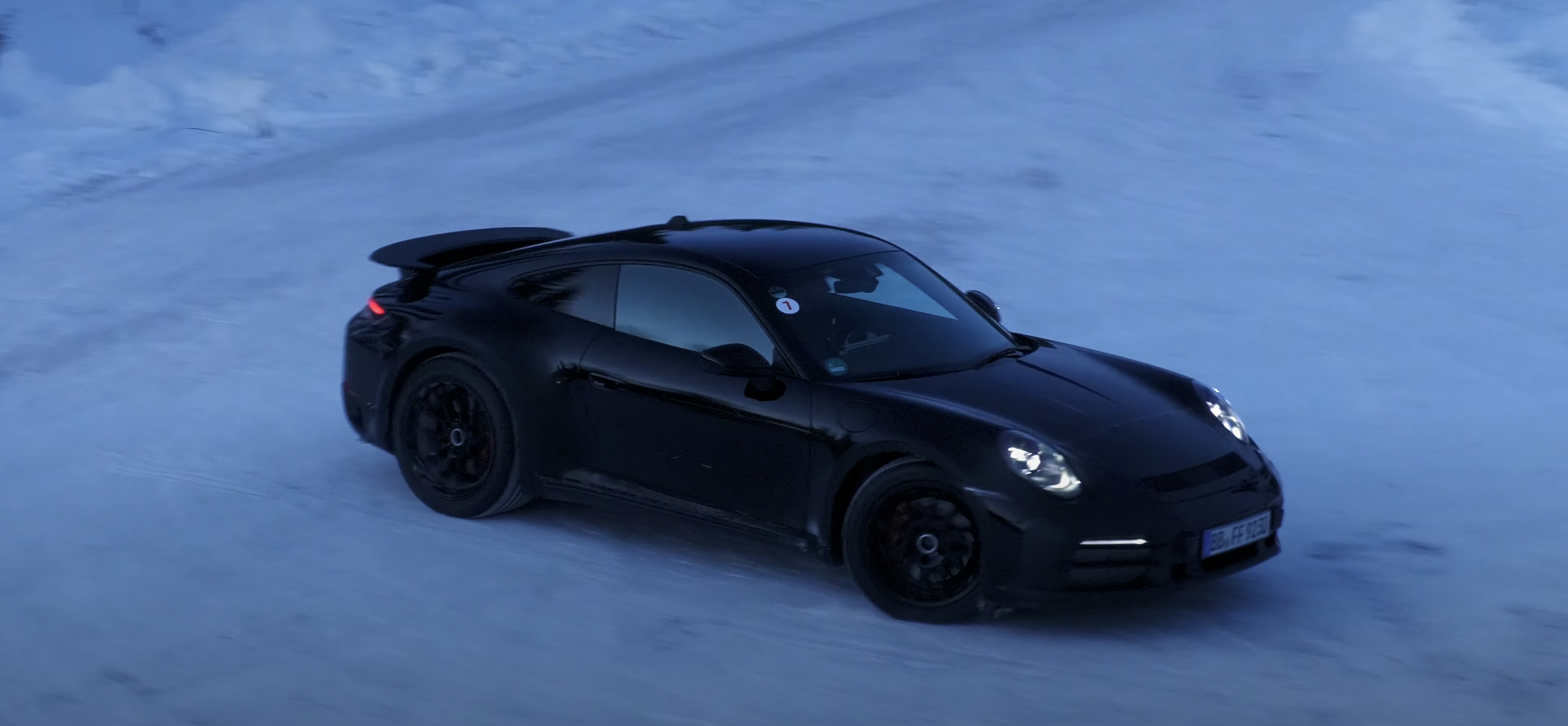
Step 4: Clad the protector
The 911 Dakar will be designed with the intention that the prospective owner drive it regularly for its intended purpose. This means that instead of carbon fibre, many of the vehicle’s exterior panels will be built from more chip- and damage-resistant plastics.
Additional cladding on the front and rear bumpers, as well as surrounding the wheels, can be either painted black or to match the body colour.
Step 5: Heavy metal
Protecting the Dakar from rocks is the addition of both steel and aluminium underfloor protection. The front and rear bash guards, along with drivetrain protection, will use thicker and heavier steel. Meanwhile less vital underfloor areas such as the sills will gain additional barriers to intrusion with aluminium plates.
We recommend
-
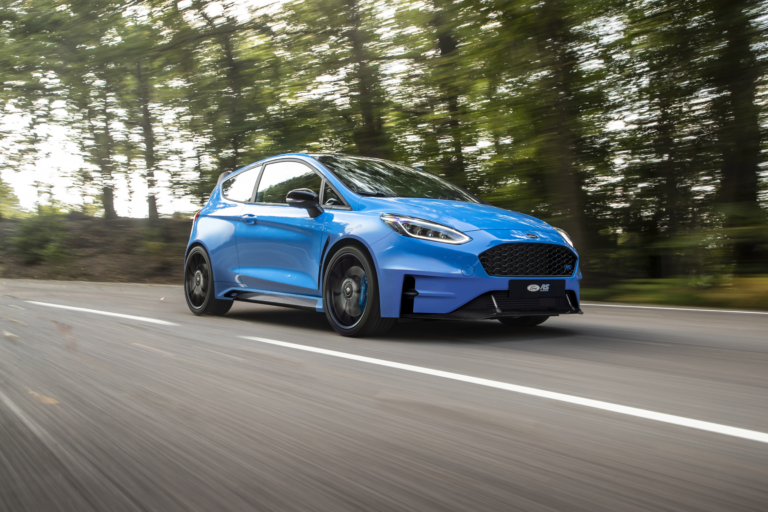 Features
FeaturesSweet Dream: Ford Fiesta RS
Cars that don't exist, but should. We imagine what a Blue Oval homologation special might look like
-
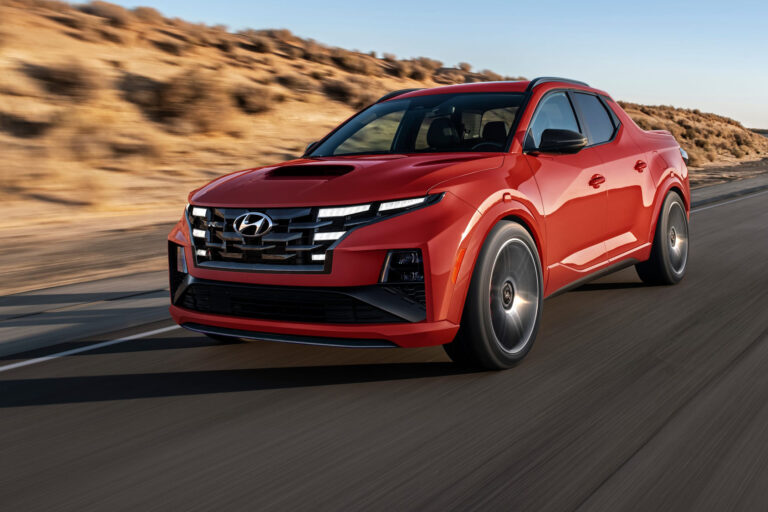 Features
FeaturesSweet Dream: Hyundai Santa Cruz N
Cars that don't exist, but should: Imagine a world where Korea goes all-in with a boosted V8 sports ute
-
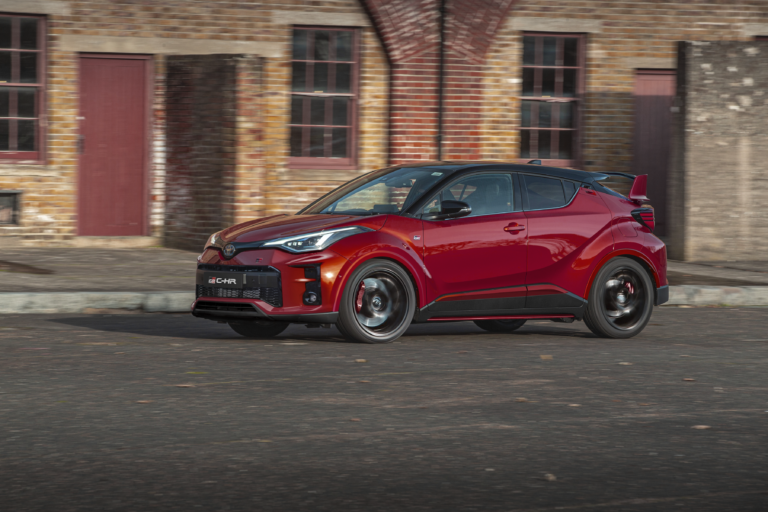 Features
FeaturesThe Toyota GR C-HR doesn't exist, but we think it should
Is putting the ‘Sport’ into Toyota’s SUV that much of a pipe dream?


